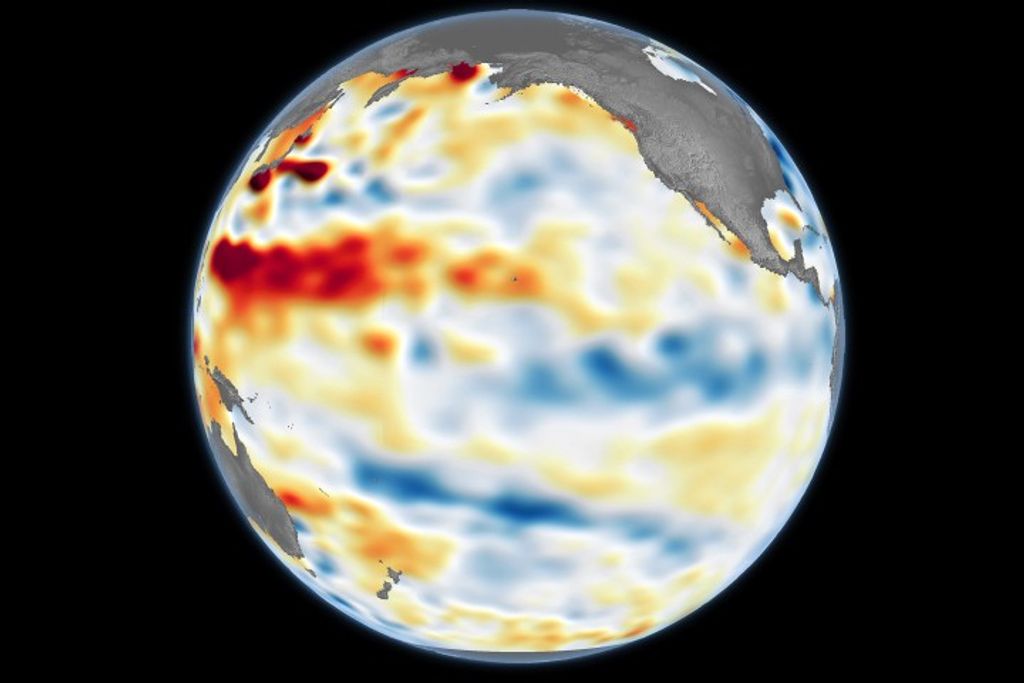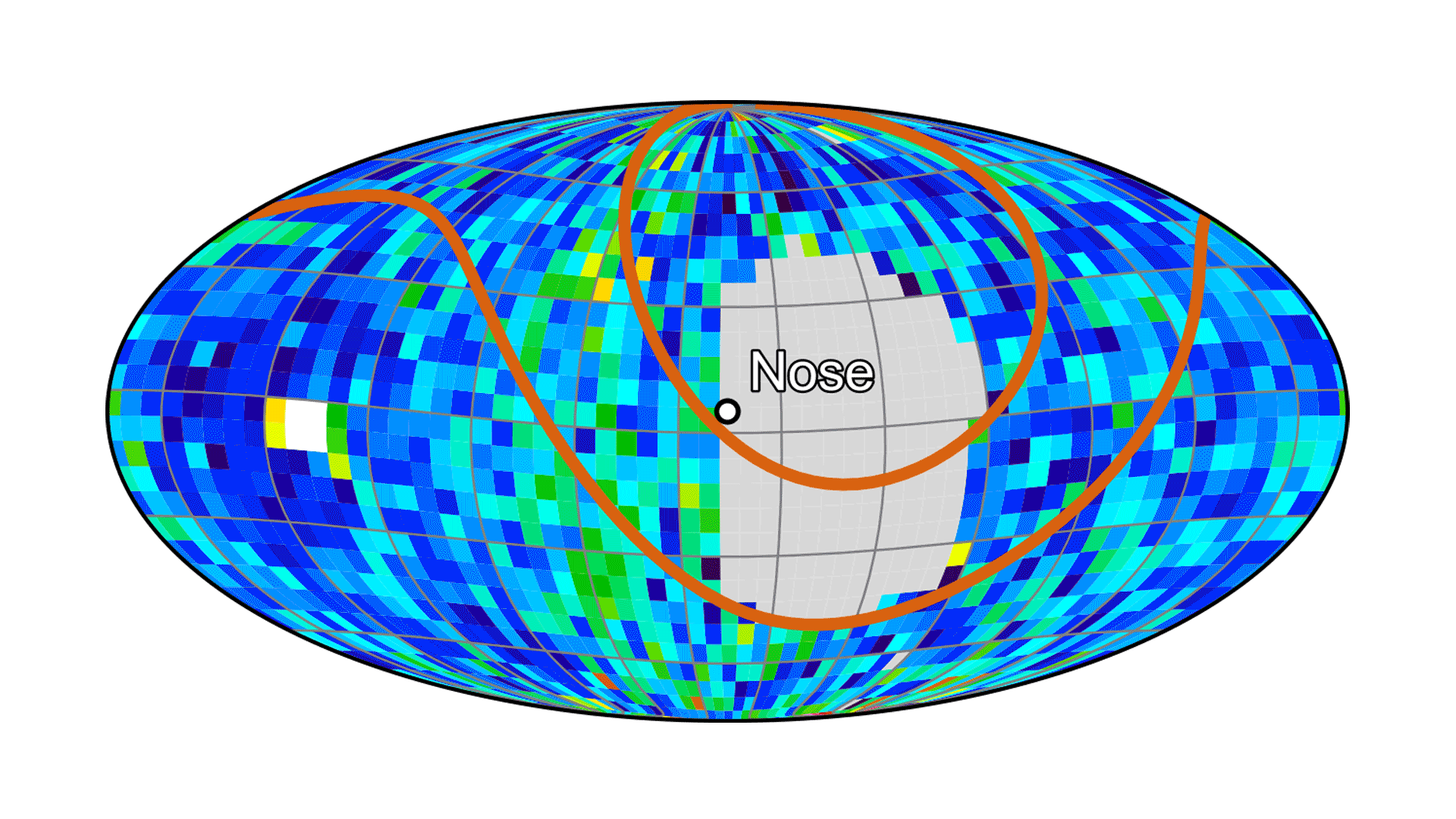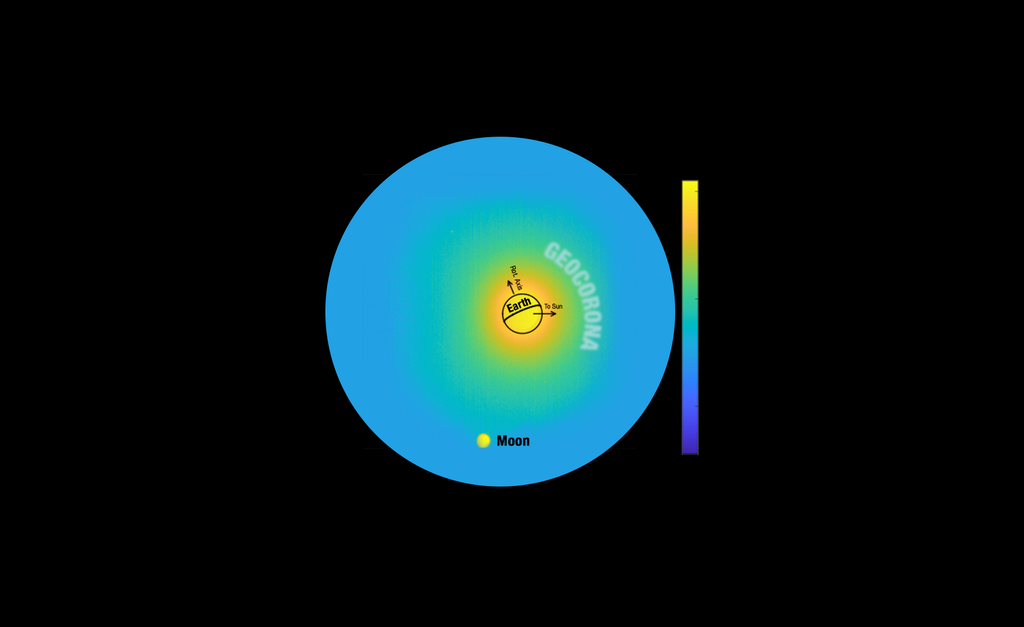1 min read
Atmospheric Spectra of Three Hot Jupiters Showing Water Absorption

This graph compares observations with modeled infrared spectra of three hot-Jupiter-class exoplanets that were spectroscopically observed with the Hubble Space Telescope. The red curve in each case is the best-fit model spectrum for the detection of water vapor absorption in the planetary atmosphere. The blue circles and error bars show the processed and analyzed data from Hubble's spectroscopic observations.
About the Data
- Data DescriptionData DescriptionProposal: A description of the observations, their scientific justification, and the links to the data available in the science archive.
Science Team: The astronomers who planned the observations and analyzed the data. "PI" refers to the Principal Investigator.Hubble data from the following proposals was used to analyze the following objects: HD 189733b: proposal 12881 P.R. McCullough (STScI/JHU), D. Deming (University of Maryland, College Park), and N. Madhusudhan (University of Cambridge) HD 209458b: proposal 12181 D. Deming (University of Maryland, College Park) et al. WASP-12: proposal 12230 M. Swain (NASA Jet Propulsion Laboratory) et al. The science team comprises: N. Madhusudhan (University of Cambridge), N. Crouzet (STScI/University of Toronto), P.R. McCullough (STScI/JHU), D. Deming (University of Maryland, College Park), and C. Hedges (University of Cambridge). Object name: HD 189733b R.A. 20h 00m 43s.71 Dec. 22° 42' 39".07 Exposure Date: June 5, 2013 Object name: HD 209458b R.A. 22h 03m 10s.80 Dec. 18° 53' 3".84 Exposure Date: September 25, 2012 Object name: WASP-12 R.A. 06h 30m 32s.79 Dec. 29° 40' 20".29 Exposure Date: April 11, 2011 - InstrumentInstrumentThe science instrument used to produce the data.HST>WFC3
- Exposure DatesExposure DatesThe date(s) that the telescope made its observations and the total exposure time.June 5, 2013, September 25, 2012, and April 11, 2011
- FiltersFiltersThe camera filters that were used in the science observations.Gratings: G141
- Object NameObject NameA name or catalog number that astronomers use to identify an astronomical object.HD 189733b, HD 209458b, and WASP-12b
- Object DescriptionObject DescriptionThe type of astronomical object.Extrasolar Planets
- Release DateJuly 24, 2014
- Science ReleaseHubble Finds Three Surprisingly Dry Exoplanets
- CreditNASA, ESA, Nikku Madhusudhan (IoA), Ann Feild (STScI), Gregory Bacon (STScI)
Related Images & Videos

Artist's Concept of the Hot Planet Osiris
This is an artistic illustration of the gas giant planet HD 209458b (unofficially named Osiris) located 150 light-years away in the constellation Pegasus. This is a "hot Jupiter" class planet. Estimated to be 220 times the mass of Earth. The planet's atmosphere is a seething...
Share
Details
Last Updated
Aug 17, 2025
Contact
Media
Claire Andreoli
NASA’s Goddard Space Flight Center
Greenbelt, Maryland
claire.andreoli@nasa.gov






























